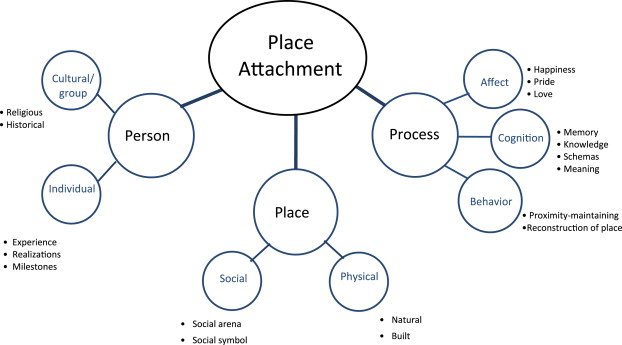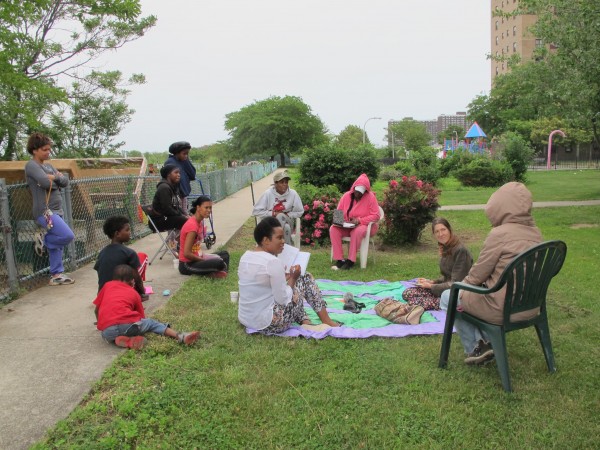Each month in our Open Voices blog we share insight from leaders and ideas advancing what it means to have sacred, open green spaces in our cities. This December we examine the concept of “civic sacred”.
People readily recognize the importance of positive relationships with friends and loved ones. Relationships with places are also important aspects of a person’s wellness and expressions; more than a backdrop. Social activity and personal transformation in a green space contributes to what Nature Sacred describes as civic sacred.
Everyday encounters with nature in cities have the potential to promote inspiration, deeper thinking, mindfulness, and social and cultural connections, and may be transformational. A civic sacred green space emerges from engagement and interaction with the land, one’s body, mind and spirt, and other people. Place attachment is one concept that describes how civic sacred places may come to be.

In the 1970s, social scientists began to investigate how humans develop meaning and attachment to places. Place attachment is a multidimensional concept with person, psychological process, and place dimensions. People often have emotional and meaningful connections to physical and social environments. At the group level, attachment is comprised of symbolic meaning shared among members and can be a ‘depository’ for culture or process.
Early attachment studies assessed tourism or recreation activity (such as hiking or cycling) in distant places, acknowledging the role of activity to build meaning. More recent studies have considered the bonds that form in everyday outdoor situations. Social scientists have found that length of residency, shared social processes, and home and community garden participation are associated with neighborhood attachment. 2

A study of immigrants from six different nations, now living in California, U.S., revealed the diversity of place experiences and attachment. 3 Gardens can be (a) religious space enabling everyday practice of religion as well as meditation and socialization, (b) culture space through plants, fruits, and flowers that enable cultural cuisine, ethnomedicine, and identity continuity, (c) ecological space that assists with environmental/ecological nostalgia, reconnecting people with landscapes left behind as well as forging new connections to place, and (d) family memorial space where gardens honor and memorialize family members and provide opportunities for intergenerational linkages.
Civic sacred spaces can take the form of community gardens enabling immigrants (and everyone!) to engage with, personalize, and experience their new home communities in deeply meaningful ways.
——
